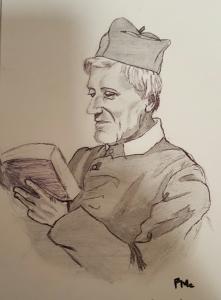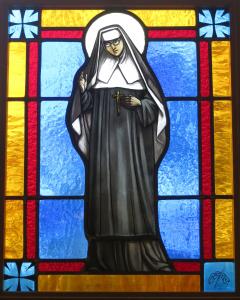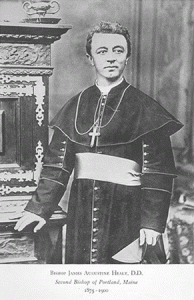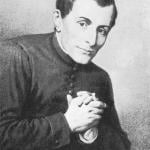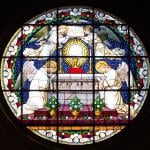Augustus Welby Northmore Pugin (1 March 1812 – 14 September 1852) was an English architect, designer, and theorist of design, now best remembered for his work in the Gothic Revival style, particularly churches and the Palace of Westminster. Pugin was the father of E. W. Pugin and Peter Paul Pugin, who continued their father’s architectural firm as Pugin and Pugin, and designed numerous buildings, including several in Australasia. He was the son of a French draughtsman, Augustus Charles Pugin, who trained him to draw Gothic buildings for use as illustrations in his books, and his wife Catherine Welby. This was the key to his work as a leader of the Gothic revival movement in architecture. Between 1821 and 1838 Pugin and his father published a series of volumes of architectural drawings, the first two entitled, Specimens of Gothic Architecture, and the following three, Examples of Gothic Architecture, that were to remain both in print and the standard references for Gothic architecture for at least the next century. Pugin became an advocate of Gothic architecture, which he believed to be the true Christian form of architecture. He attacked the influence of “pagan” Classical architecture in his book Contrasts, in which he set up medieval society as an ideal, in contrast to modern secular culture. His first Neo-gothic church was St Mary’s Church, Derby, designed in 1837 and its construction completed in 1839. Another example of his work is the Roman Catholic church of St Giles in Cheadle, Staffordshire. Following the destruction by fire of the Palace of Westminster in 1834, Pugin was employed by Sir Charles Barry to work on the new Parliament buildings in London. This followed shortly after a similar period of employment by Barry for the interior design of King Edward’s School, Birmingham. He converted to Catholicism, but also designed and refurbished Anglican as well as Catholic churches throughout the country and abroad. His views, as expressed in works such as True Principles of Christian Architecture (1841), were highly influential. Other works include the interior of St Chad’s Cathedral, Erdington Abbey, and Oscott College, all in Birmingham. He also designed the college buildings of St Patrick and St Mary in St. Patrick’s College, Maynooth; though not the college chapel. His original plans included both a chapel and an aula maxima, neither of which were built due to financial constraints. The college chapel was designed by a follower of Pugin, the Irish architect J.J.McCarthy. Pugin also designed St. Mary’s Cathedral in Killarney and The Dominican church of the Holy Cross in Tralee. He revised the plans for St. Michael’s Church in Ballinasloe, Galway. Pugin produced a “mediæval court” at the Great Exhibition of 1851, but died suddenly after a mental collapse.



